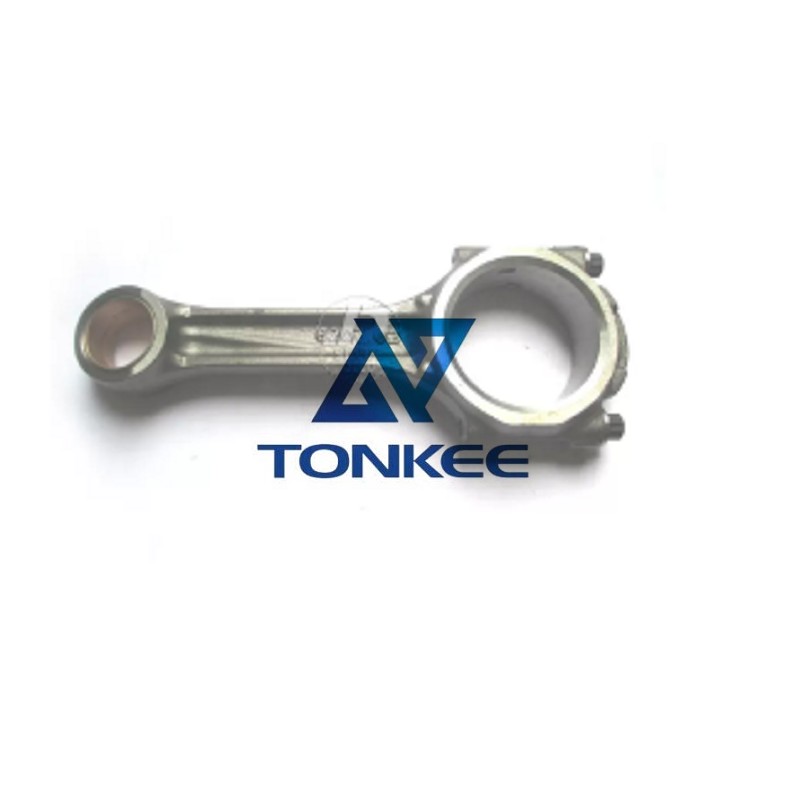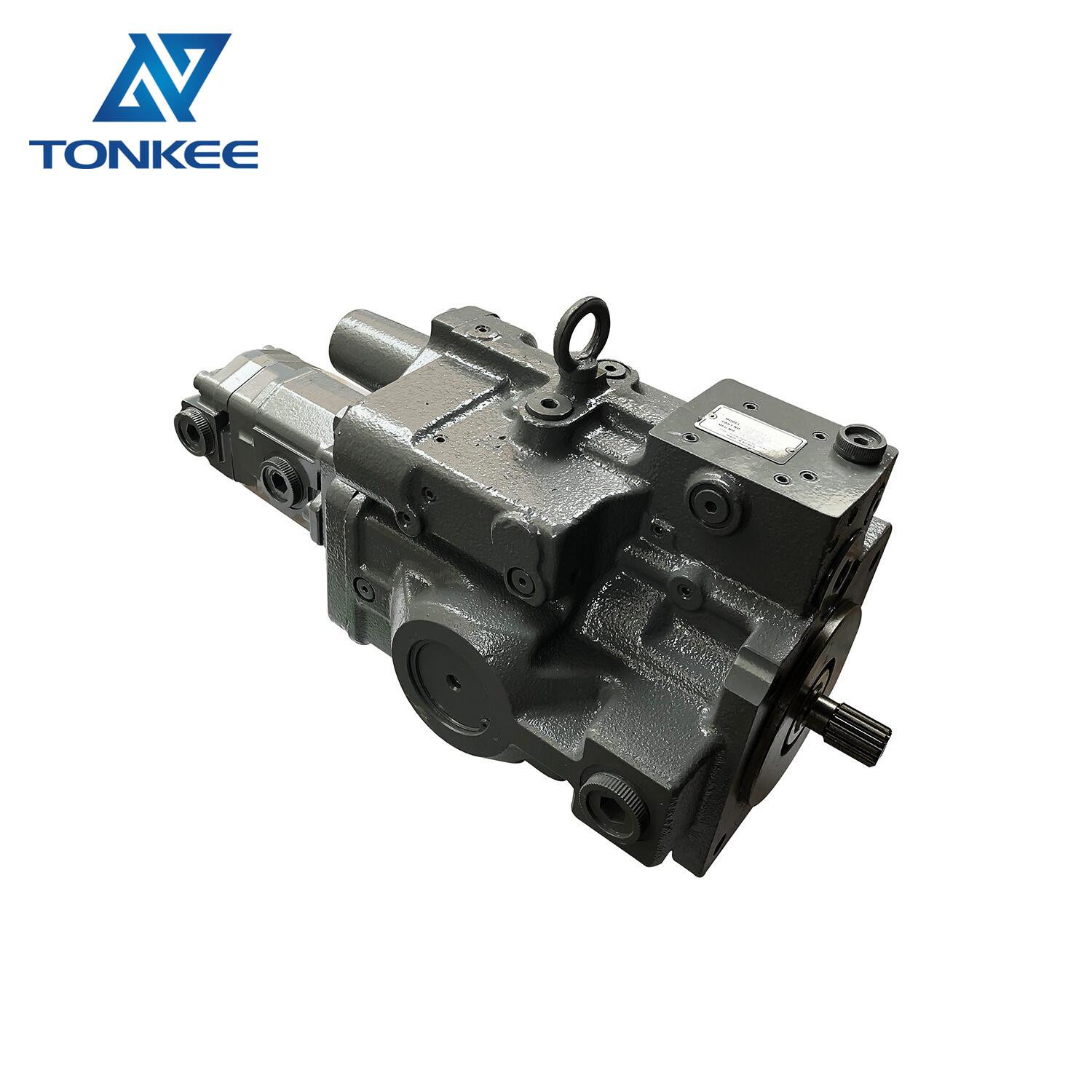
The crankshaft in Komatsu 6D95 and 6D34 engines is typically made from high-quality forged steel.
Forging provides strength and durability, essential for withstanding the immense forces and stresses involved in the engine's operation. The design of the crankshaft is meticulously engineered to ensure precision and balance, which is crucial for smooth engine performance.
Crankshaft Dimensions:
The crankshaft dimensions are essential to maintain proper engine functionality. The length of the crankshaft is carefully calculated to accommodate the engine's stroke length, which determines the displacement and power output. The 6D95 and 6D34 engines come in different configurations, so the crankshaft dimensions may vary slightly depending on the specific model and application.
Journal Specifications:
The crankshaft features several journals, including the main journals and connecting rod journals. These journals support the bearings that facilitate the rotation of the crankshaft. The precision of these journals is critical to minimize friction and maximize engine efficiency. Proper sizing and roundness are vital to ensure the correct clearances for lubrication and heat dissipation.
Balancing and Counterweights:
To reduce vibrations and ensure a smooth and efficient operation, the crankshaft is balanced with strategically placed counterweights.
Proper balancing is crucial to prevent excessive wear and tear on engine components and to maintain overall engine performance.
Oil Passages:
The crankshaft is equipped with oil passages that deliver lubrication to the various bearings and moving parts. These passages must be designed to distribute oil effectively and prevent overheating and premature wear. Maintenance of clean and unobstructed oil passages is vital for engine longevity.
Keyway and Timing Gear:
The crankshaft features a keyway, which connects it to the timing gear responsible for synchronizing the engine's valve and injector timing. The precise design of the keyway is crucial for maintaining accurate timing, which impacts engine efficiency and emissions control.
Assembly and Installation:
When installing a new crankshaft or performing maintenance on the engine, it is essential to follow the manufacturer's guidelines and specifications. Proper installation ensures that the crankshaft aligns correctly with other engine components, reducing the risk of premature wear or damage.



 English
English Русский язык
Русский язык




